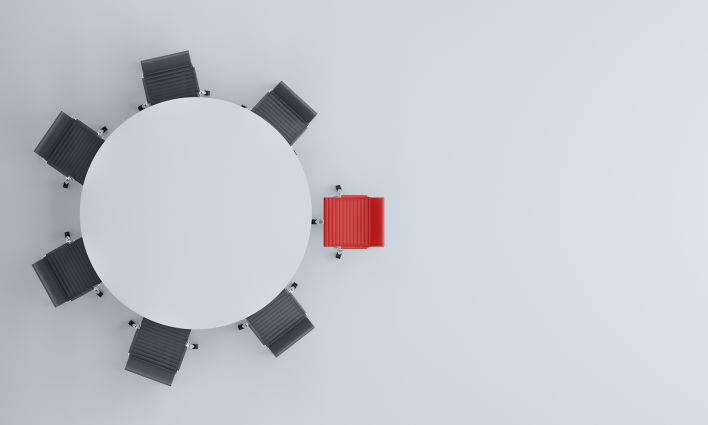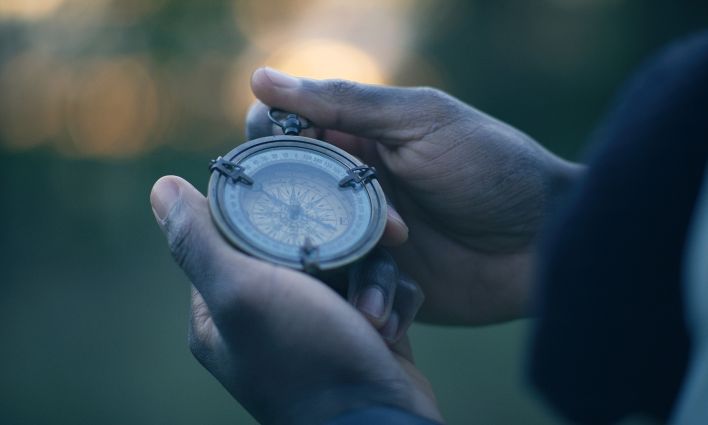Over the summer, and with September approaching, calls grew louder for clearly articulated back-to-school plans that addressed infection rates, proximity, classrooms that needed to look radically different to ensure safety of staff and students and their families, remote learning, infrastructure needs, public health guidelines, and pedagogical considerations. And the resources required to do it well and safely, while recognizing the need to address systemic inequity and community implications.
With very few exceptions, the response from provincial governments was underwhelming. And in this context of inadequate or uncertain funding, parental and staff concerns, public health communiques, and questionably-focused provincial leadership, school boards struggled to put together plans only to have to rewrite them days later. (I’m trying to remember if there were four or five iterations of my board’s back to school plans).
Both of my kids chose to return to in-person learning — my eldest on an every-other-day, alternating week quadmester system, my youngest back full-time — and it seems to be going … fine?! Of course, classes look wildly different, recess is certainly much more functional than fun, and significantly more time is spent fighting with Google Classroom. But, so far, no one has gotten sick, the kids walk to school to avoid crowded buses, we’ve only received one notice about a possible coronavirus case in each school, and we’re still talking to each other.
I also find I’m hearing more from my eldest child about what she’s learning, perhaps as a result of proximity and the increased amount of time she’s around the house — or maybe it’s just easier to ask her parents than to ask Google. My youngest seems to have adapted to a new teacher, new program, and new principal; the previous one left just before school started to become principal of a new online school. Remote learning has become more routine but it still feels challenging and comes with its own level of stress for students. And I can’t even imagine what it must be like for staff who may be overseeing an in-person and an online classroom simultaneously.
But what I have been most struck by is how thoroughly the constant pressure of living during a pandemic has changed everything, and how we find ourselves preparing for this by building in extra time for daily tasks, and taking more planned pauses throughout the day to process the impacts. My youngest gets up an hour earlier to build in extra time for possible disruptions to his routine so he can still get to school before the bell. My eldest needs more time after school to decompress. We have lots of conversations about the need to acknowledge the stress that educators are under. Or their friends. Or their friends’ families.
Or their own parents.
These days, everything feels just below the surface as we push through the day, still talking to each other, still completing our tasks, still making sure homework gets done, still checking in with aging parents, still trying to find time to swim or jog or do yoga or whatever it takes to keep physically active before going back to our computer screen.And all while communicating with coworkers who are going through their own version of similar things — except maybe with daycare thrown into the mix.
There are no more spontaneous brainstorming sessions. Every conversation is a video meeting. We hop back and forth between multiple channels of simultaneous communication — the Zoom call, the chat, the Slack updates, and the text messages for the parallel meeting — while wondering why we feel so disconnected or where the day went. Work hours bleed into home time before we realize it.
Then we hear that “some” employers are suspicious that employees are practicing “time theft.” And we wonder, furiously, as meetings go well past 5:00 pm, how it’s possible for anyone to come to this conclusion.
And my family has it relatively easy. My partner and I have steady employment and can work from home. Our kids are — touch wood — healthy and have avoided COVID-19, as have our parents. We can help with their homework and navigate student/teacher meetings and provide extra support, or adjust when kids get sent home from school with a stress-related stomach ache (ahem) that becomes a public health mandated 48-hour sick leave.
Unlike racialized or vulnerable communities, or workers who are deemed essential except when it comes to their right to good health and safety, we can shelter down. We have that privilege — which should not be a privilege. We can, to a significant extent, reduce or compensate for the ways in which this period has impacted our kids from a social and pedagogical perspective. None of this is a given for far too many families who struggle to support each and their childs’ at-school or online learning. These are the deep and systemic inequities that COVID-19 continues to reveal, and too many governments sweep aside with comments about families “making choices”.
But, as a society, we haven’t yet come close to reckoning with the impact that this new (sur)reality has had on our collective mental health, and the long-term effects on friendships and familial relationships, the generalized anxiety a quick grocery shop can elicit, the obvious discomfort my youngest displays when he sees people not physical distancing on a TV show, the knowledge that this may look very different again after the holidays if infection rates spike, the constant need to try to anticipate the unpredictable, and the ease with which exchanges — on social media or in general — ramp up into something much more volatile.
Layered on top of the systemic inequity that existed long before the pandemic, the intensifying public mental health crisis needs to be acknowledged, addressed, and prioritized. Rather than focusing exclusively on “building back better,” we need to talk, now, about the overwhelming need to build back kinder and more compassionate. This is an integral part of a healthy recovery for families, workplaces and communities. And there is no time to waste.






